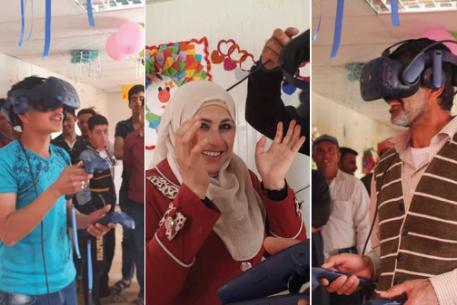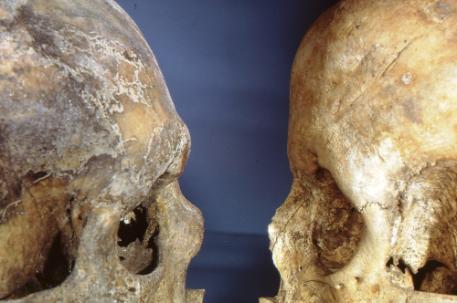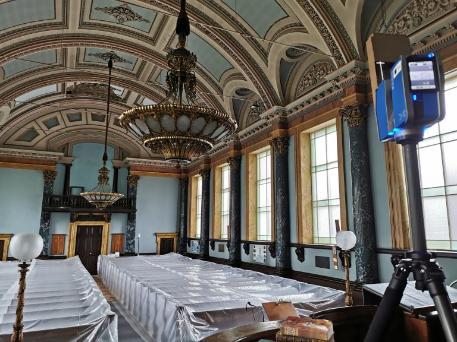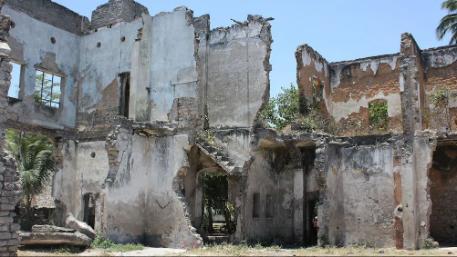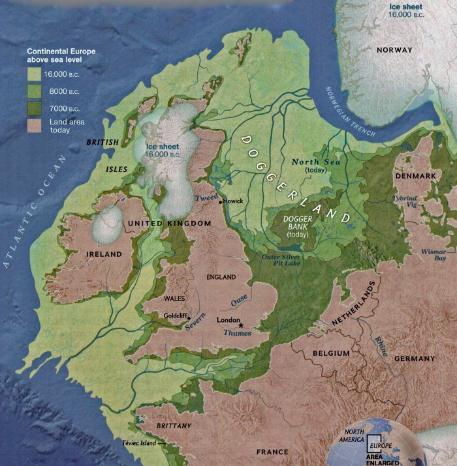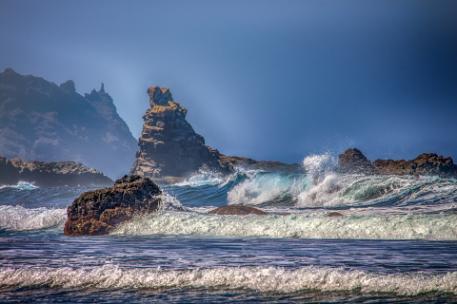Working with displaced communities and their heritage to build cohesion and improve mental health
Research in Archaeological and Forensic Sciences
Archaeological and Forensic Sciences at Bradford has a long-established reputation as one of the key centres for archaeological research in the UK. Bringing together staff from both Humanities and Science backgrounds within a single centre, we have created a powerful and distinctive research identity which blends cultural archaeology with cutting edge science.
Archaeological and forensic Sciences was in the top 10 for archaeology in the 2014 Research Excellence Framework (REF) which assesses the quality of research conducted in all UK Universities. Over one-third of our research was awarded the highest 4* ranking and we were ranked 3rd in the UK for research impact.
Bradford’s field and lab-based projects have a global reach, currently including work in Mediterranean Europe, western Asia, the North Atlantic and South America.
Our research is funded by a wide range of sources, including UK Research Councils, HERA, the European Commission, government agencies like English Heritage and Historic Scotland, major charities such as the Leverhulme Trust and the Gates Foundation, the US National Science Foundation, and a host of others. Scroll down to find out more about our research groups and projects.
Research Projects
Exploring the use of archaeological case studies in opening up conversations around death and dying in the present.
Using Heritage to Enhance Community and Well-being in Saltaire, Bradford
Innovative digital heritage research to enhance inclusive engagement
Marine and Maritime Collections in the UK
NAR formalises the research in the North Atlantic region carried out at the University of Bradford since the early 1980s.
Building Resilience Through Heritage
The project aims to engages with and benefits refugee and displaced communities and individuals and to enable them to discuss and use digital heritage for community confidence-building, cohesion and psycho-social wellbeing; and further to evaluate and learn lessons from project implementation in Jordan to develop good practices and effective approaches for similar uses of digital heritage elsewhere in the world.
The project has been sucesfully using digital heritage initially by way of virtual reality to help build community cohesion and improvements in population mental health by increasing personal resiliance and a mutual appreciation for shared national heritage.
View the project on RCUK gateway to research
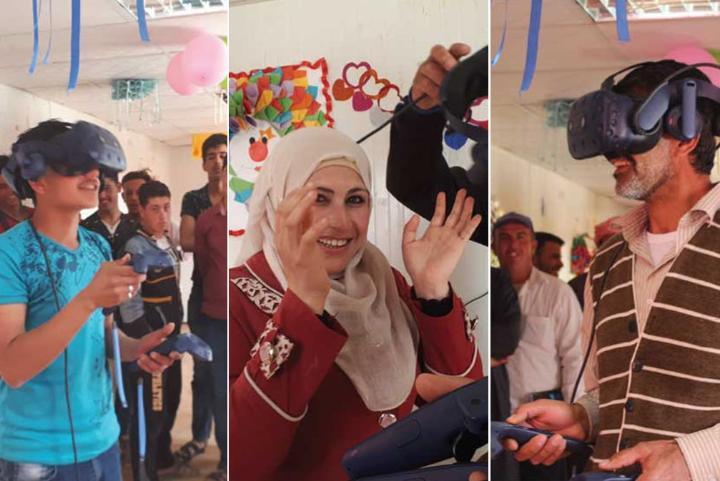
Continuing Bonds: Dying to Talk - Young people creating Compassionate Communities
Death, dying and bereavement affect us all; death is a unifying element of life. However, the professionalisation of death - the responsibility to deal with death and the dying - has been devolved to health and social care workers and other professionals. This removal of caring for the dead and dying away from friends, families and communities results in a weakening of the local support networks where bereavement support could be more sensitively delivered. It also diminishes the normality of death. It is perhaps not surprising then that we rarely speak about death and dying, often lacking the experience, language and confidence to do so. However, not being able to talk about the death of our loved ones can lead to mental health issues and other negative outcomes. This is especially true of young people, and is implicated in future depression, smoking, drug dependency, risk-taking behaviour, poor educational attainment, unemployment and criminal activity.
This project follows-on from thematic research around the subject of death, dying and heritage in contemporary settings
https://gtr.ukri.org/projects?ref=AH%2FV008609%2F1
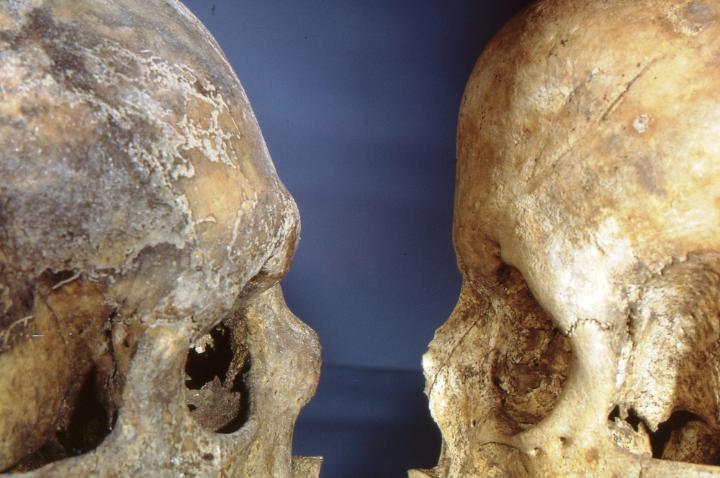
People, Heritage & Place: Using Heritage to Enhance Community and Well-being in Saltaire, Bradford
The project will develop an exact 3D representation of Saltaire, a UNESCO World Heritage Site (WHS) and historic suburb of Bradford, linked to the City along the route of the former Bradford Branch of the Leeds-Liverpool Canal via a Greenway. This Digital Twin of Saltaire and its linking route will be used to explore placemaking and inform the management of heritage assets and engagement of public audiences, and will link up with the existing Virtual Bradford model. Expanding on the strong working relationship between the University and the Council, new partners from education, community groups and refugee action groups will provide tangible avenues for citizen engagement in strategic development and planning.
The partners share a common vision that health and wellbeing of our young people is rooted in community, belonging and place. Bradford was the first UNESCO City of Film and is one of only five UK cities to have a UNESCO WHS within the district. Building on these rich and diverse heritage and cultural assets, the strong partnership between the University and the Council will focus on the value of place, and the potential for Saltaire. This will foster a strong sense of identity, belonging and civic pride across the wider Bradford District, as well as for those residents and stakeholders within the 19th Mill Village.
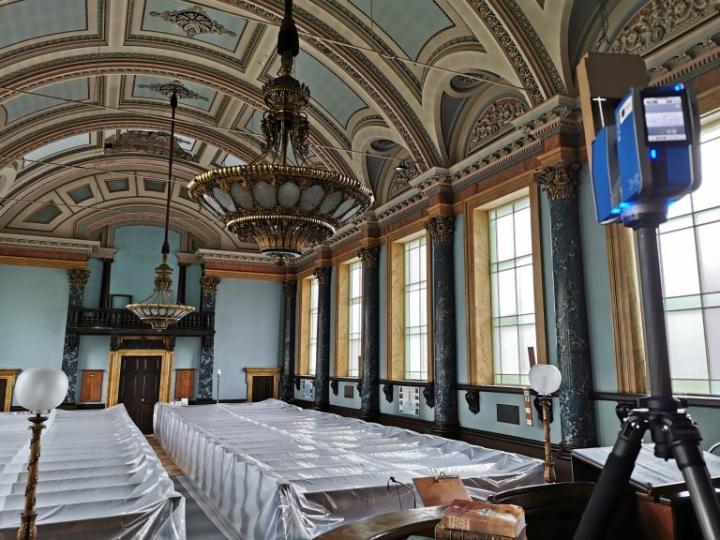
Reimagining Tanzania's Townscape Heritage
Digital heritage researchers and creative researchers at Bradford and St Andrews will co-create artistic works with heritage and creative researchers at the University of Dar-es-Salaam and artists at TaSUBa (Bagamoyo's Arts and Cultural Institute - Taasisi ya Sanaa na Utamaduni Bagamoyo). Training will be given in digital methods and the output will include an entry to the film shorts category at the Zanzibar International Film Festival; and a real-time portal/art installation to be showcased at the vibrant Bagamoyo Arts Festival that will link places within Tanzania (Bagamoyo on Mainland and Zanzibar Stone Towns) and between Tanzania, England and Scotland as an innovative concept and alternate form of digital twinning 'Windows Across the Oceans'. The innovative digital heritage research will enhance inclusive engagement with the creative and cultural economy in Tanzania supporting cultural heritage tourism and cultural resource management. The installations will be used to highlight the universal value of world heritage to a global audience, the importance of conserving cultural heritage settings (townscape heritage, maritime heritage) to both local people and government in Tanzania and the linked understanding and meaning that comes from oral histories, craft traditions and other rich narratives.
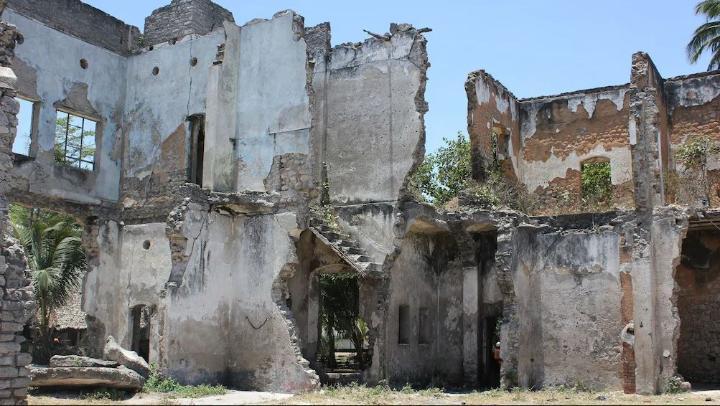
'Unpath'd Waters': Marine and Maritime Collections in the UK
The UK Marine Area extends over some 867,400 km2, an area equivalent to around 3.5 times the UK terrestrial extent. The UK's marine heritage is extraordinarily rich and exciting. Wrecks on the sea bed range in date from the Bronze Age to the World Wars and bear testimony to Britain as an island nation, a destination for trade and conquest, and in past times, the heart of a global empire. Communities along the coast have been shaped by their maritime heritage and monuments and stories recall losses and heroes. Much further back in time, before the Bronze Age, a great deal of what is now the North Sea was dry land, peopled by prehistoric communities who lived in lowland landscapes, some on very different coastlines. The British Isles would have been distant uplands above hills and plains and rivers.
This arc of heritage, stretching over 23,000 years, is represented by an abundance of collections. Charts and maps, documents, images, film, oral histories, sonar surveys, seismic data, bathymetry, archaeological investigations, artefacts and objects, artworks and palaeoenvironmental cores all tell us different things about our marine legacy. But they can't
easily be brought together. They are dispersed, held in archives, unconnected and inaccessible.
This matters because it is clear that the story of our seas is of huge interest to the UK public. In 2019 alone, there were 2.9m visits to Royal Museums Greenwich, home of the National Maritime Museum; 1.1m visits to National Museum Royal Navy; 837,000 visits to Merseyside Maritime Museum, and 327,000 visits to HMS Belfast. It is also clear that our exploitation of our seas is increasing dramatically. Windfarms, mining, dredging for aggregates, port expansions, leisure and fishing are all placing tensions on the survival of our heritage. If we are to unlock new stories and manage our past effectively and sustainably, we need to join up all our marine collections and get the most of them.
UNPATH will bring together first class universities, heritage agencies, museums, charitable trusts and marine experts to work out how to join these collections up. It will use Artificial Intelligence to devise new ways of searching across newly linked collections, simulations to help visualise the wrecks and landscapes, and science to help identify wrecks and find out more about the artefacts and objects from them. It will deliver integrated management tools to help protect our most significant heritage. And it will invite the public to help co-design new ways of interacting with the collections and to help enhance them from their own private collections. The methods, code and resources created will be published openly so they can used to shape the future of UK marine heritage.
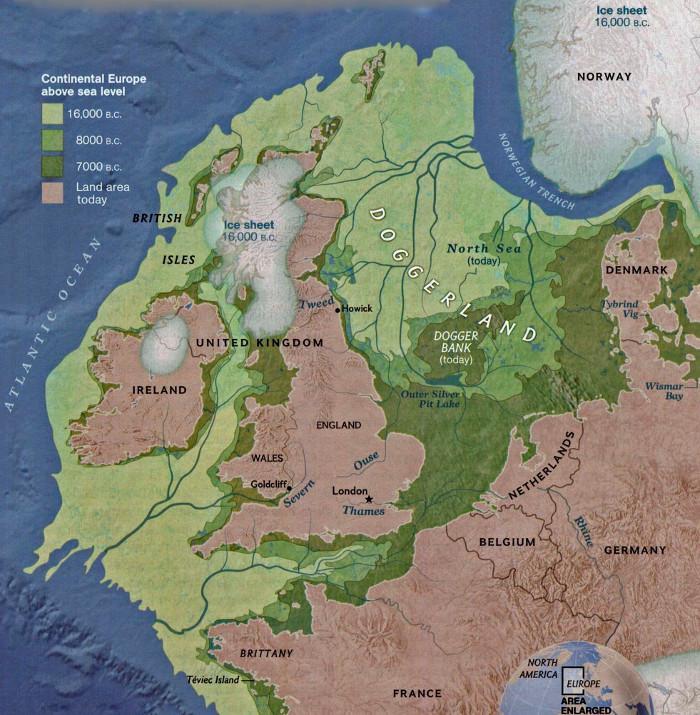
North Atlantic Research
North Atlantic Research (NAR) formalises the research in the North Atlantic region carried out at the University of Bradford since the early 1980s. Currently the team are working on the publication of the Old Scatness/Jarlshof Environs Project, and excavating on Rousay as part of the 'Orkney Gateway to the Atlantic' project.
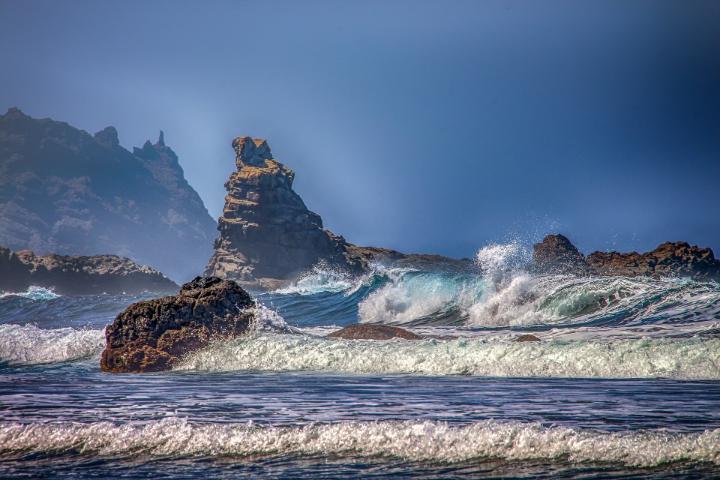
Other Research areas
- Taphonomy of inhumation burials
- Survival of trace evidence (e.g. degradation of hair, fibres and textiles)
- The effect of lime on cadaveric decay
- Biodegradation of materials/ soil microbiology
- Long-term Field Experiments (e.g. experimental earthworks projects – Overton Down/ Wareham)
- Long-term Laboratory Simulations (e.g. Impact of degradation to bone/ hair on biomolecular analysis (e.g. stable light isotope analysis, toxicology, DNA)
- Forensic entomology
Further information
You can study an MSc or a Postgraduate Diploma in Forensic Archaeology and Crime Scene Investigation with us. Find out more about this course.
If you want to find out Forensic Archaeology, you can visit the Institute for Archaeologists (Forensic Archaeology Panel).
Visualising Heritage
We have a long-established reputation in heritage research. Bringing together staff from the Humanities, Social Science, and Natural Science backgrounds, we have created a powerful and distinctive interdisciplinary research identity with major contributions to the fields of landscape and geophysical surveying, human and social identity, and material culture. We aim to advance understanding of heritage by developing new analytical approaches to fundamental research questions, integrating perspectives from the humanities, and sciences and capitalising on the diversity of expertise within our staff group
Our heritage research extends geographically from the North Atlantic to Mediterranean and SE Europe, and the Near East. Chronologically we cover the Palaeolithic to Norse periods. These draw on the full range of scientific expertise at Bradford and represent real integration of humanities and science-based perspectives.
The School of Archaeological Sciences provides a friendly and supportive environment where academic staff and students work together, work with other universities and institutes, and work with other disciplines. Interdisciplinary research is one of the key ingredients to Bradford’s success. As well as creating a dynamic atmosphere, interdisciplinary cooperation fosters essential transferable skills that help staff and students throughout their careers.
Bradford's main aims are:
- Use of innovative technology in the identification and study of archaeological sites, deposits, finds, and human remains
- Study and use of different forms of media as tools for the communication of research
- Engagement of the public through different forms of media

